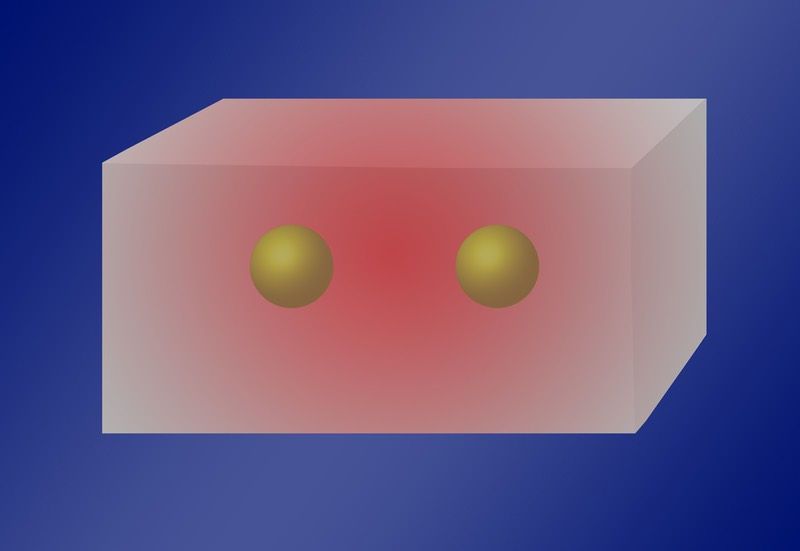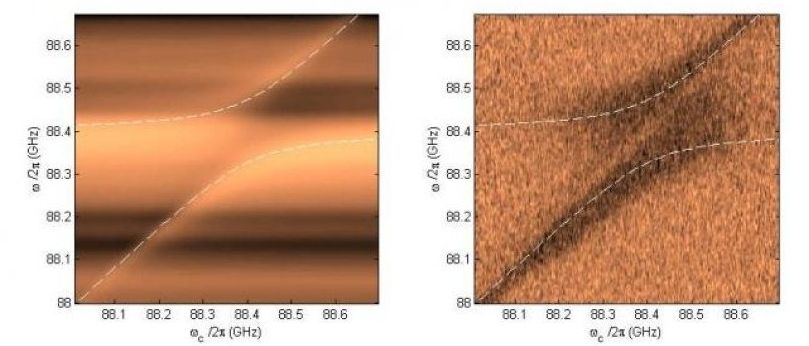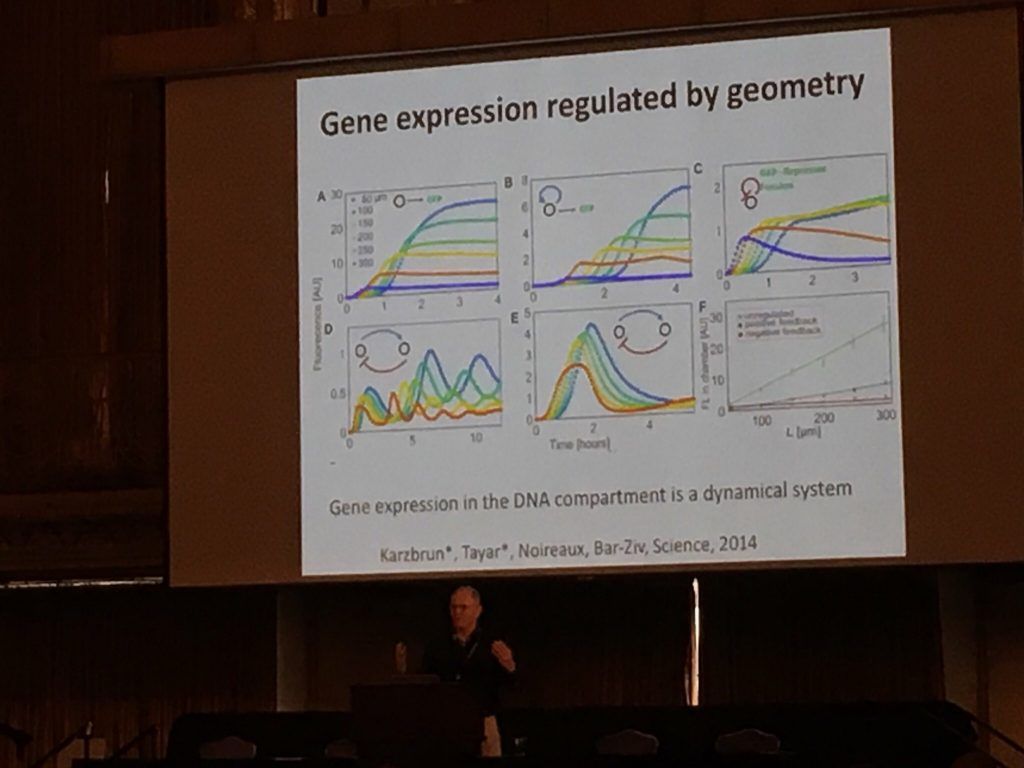WOW — now that’s an engineering feat.
While Dubai is keen to become a 3D printing world leader with their Dubai 3D Printing Strategy, they are by no means the only Middle Eastern nation to look into this technology. Last week a delegation of Chinese WinSun officials traveled to Riyadh, the capital of the Kingdom of Saudi Arabia, to discuss construction 3D printing. Among others, the Chinese construction 3D printing pioneers were invited to 3D print up to 1.5 million housing units over the next five years.

WinSun is the company that made construction 3D printing a practical reality. Back in 2014, the Shanghai-based company created headlines all over the internet for building not one, but ten 3D printed houses in less than 24 hours. Since then, Shanghai WinSun Decoration Design Engineering Co., to give its full name, has been building on that initial achievement with one 3D printed concrete creation after another. Back in March, they even unveiled two gorgeous 3D printed Chinese courtyards.









